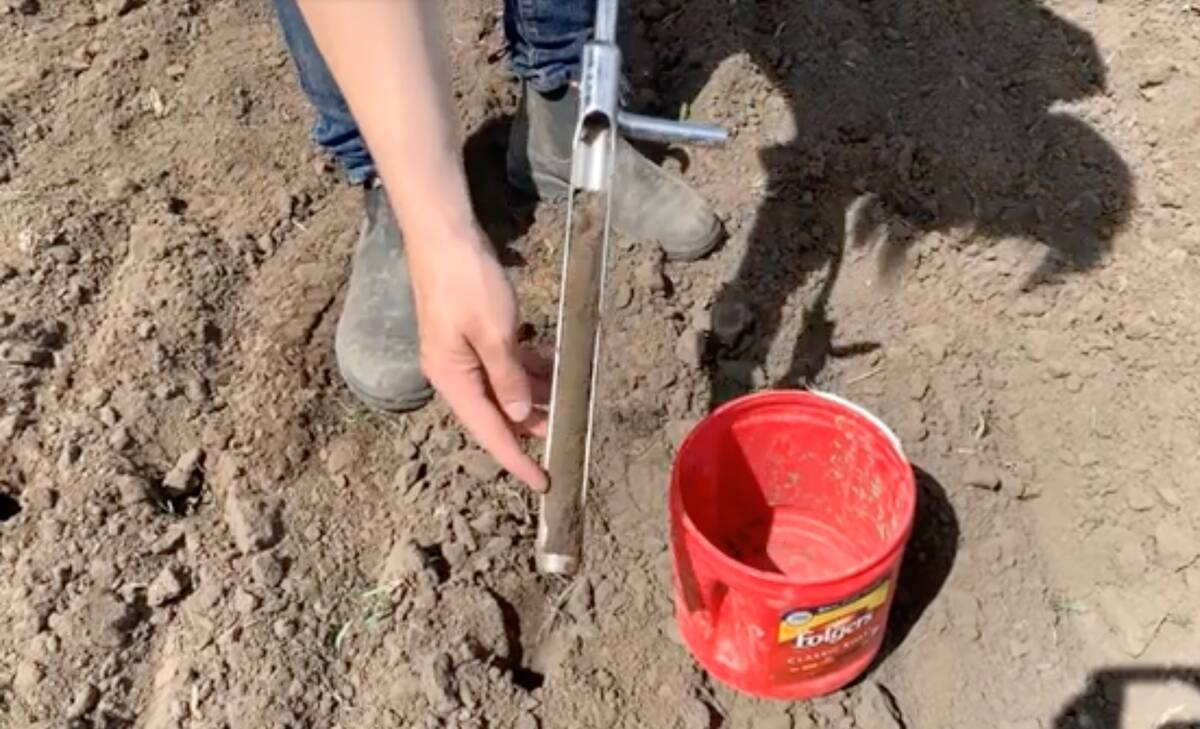Glacier FarmMedia — Enhanced efficiency fertilizers work. They might even be able to pay for themselves.
But right now the bottom line impact is too unclear for a lot of farmers to embrace them, University of Manitoba soil scientist Mario Tenuta acknowledged during a discussion at St. Jean Farm Days last month in St. Jean Baptiste, Man.
“The yield (gain) is not there. So the farmer needs something to pay for the product,” noted Tenuta, who is an expert in “4R” fertilizer application.
Read Also

Make a plan to achieve the four Rs of fertilizer management
Planning for 4R nutrient management must be farm-specific — that is, geared for the unique crops, cropping practices, soils and climatic conditions of the farm, researcher Ross McKenzie writes.
Enhanced efficiency fertilizers use a variety of methods to stabilize the release of nutrients so less ends up leaching and gassing away and causing environmental problems such as climate change.
They don’t hurt crops or reduce yields, numerous studies have shown. But while urease inhibitors seem to have about a five per cent yield gain, nitrogen stabilizers appear to only have about a two per cent yield gain, based on more than 100 international studies.
And they are more expensive than plain vanilla fertilizers.
So, with an additional cost and only a tiny potential yield gain, it’s hard to convince farmers to buy them.
“How do we translate this into dollars and cents?” said Tenuta.
It should be possible to cover some of the cost by reducing nitrogen rates by about 10 percent, which is the amount of nitrogen saved by EEF technology. That will provide the same amount of nitrogen to the crop.
Some of the cost can also be covered by the federal On-Farm Climate Action Fund (OFCAF), which pays for environmentally beneficial practices such as the use of EEFs.
Antara Agronomy’s Brunel Sabourin said the problem with programs like OFCAF is that they can end up discriminating against farmers who are first adopters of technology such as EEFs. Often, only changes in production are supported, rather than beneficial practices, regardless of date of adoption.
“We’ve got to get away from that,” said Tenuta.
Farmers should be rewarded for beneficial practices that don’t necessarily pay off financially because those “services” help everybody and not just the farmer.














